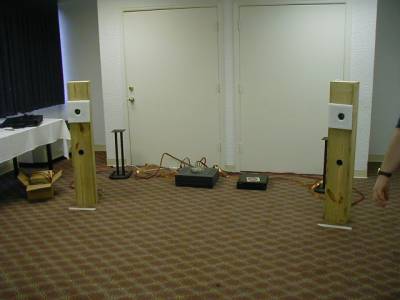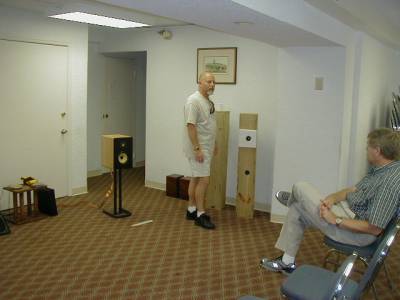|
|
|
 These were built for a friend whose hearing above 10kHz is gone so no super tweeter is used (nor the polyfil filter due to his room/location), though I highly recommend adding one. Also, mounting the driver from the rear with the front of the baffle opening radiused in lieu of front mounted/rear beveled if the rather unsightly polyfil filter isn't used.
These were built for a friend whose hearing above 10kHz is gone so no super tweeter is used (nor the polyfil filter due to his room/location), though I highly recommend adding one. Also, mounting the driver from the rear with the front of the baffle opening radiused in lieu of front mounted/rear beveled if the rather unsightly polyfil filter isn't used.

